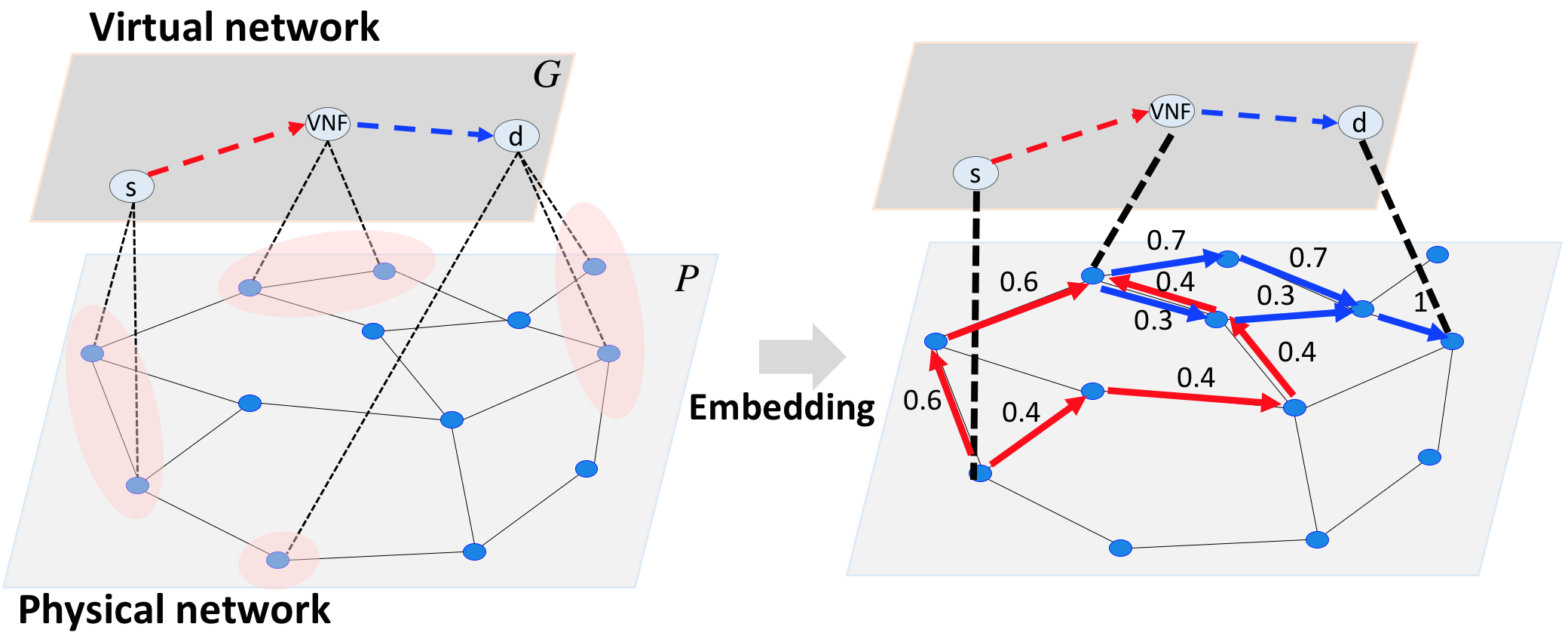I use this page to post articles related to technology topics, while the page Publications contains information about my past research on network optimization.
Time-scale separation principle

In engineering systems often is the case that considering together two different domains of choice (like the scheduling and the routing of packets in the Internet) allows to extend the capabilities and unlock performance potential. Yet, in many systems this is thoroughly avoided, and the reason could be the principle of “time-scale separation”.
Posted in articles
Comments Off on Time-scale separation principle
Cloud Computing Lecture 4 – Network Slicing

Posted in articles
Comments Off on Cloud Computing Lecture 4 – Network Slicing
Cloud Computing Lecture 3 – Load Balancing

Posted in articles
Comments Off on Cloud Computing Lecture 3 – Load Balancing
Cloud Computing Lecture 2 – Resource Allocation and Fairness

Cloud Computing Lecture 1 – Resource Planning
